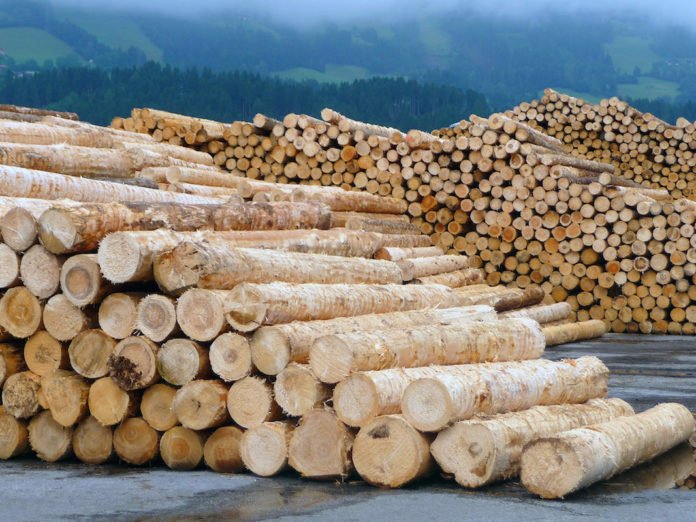Researchers at the Technical University of Munich (TUM) found out a cascading utilization of wood by using data from a European research project. This data helps to analyze the potential effects of multiple uses between harvesting and combustion of wood.
A complex and costly cascading system is composed of many suppliers, manufacturers, and users. The material flows within and between the cascade steps are numerous and interwoven. This theoretical concept has been scientifically proven and described for years to save fossil resources, reduce greenhouse gas emissions, and increase value creation.
But so far, a targeted examination of resource efficiency has not yet been performed. Since biologically generating wood differs fundamentally from producing synthetic raw materials, it is important to examine whether and to what extent cascading use of renewable raw materials pays off in terms of efficiency.
In order to account for the characteristic features of cascading use, wood researcher Michael Risse applied the holistic lifecycle approach and analyzed the exergy of all materials used, the internal recycling processes, and the consumption of other primary resources, such as the forest land areas required. Exergy refers to the percentage of energy that can be converted into work.
In two scenarios, the TUM researchers compared the path of one metric ton of scrap wood with the provision of the same functions using fresh wood. In the first, the recovered wood was initially processed into the sawn wood and then two subsequent times into chipboard in a cascading system. In the reference scenario, the same products were manufactured, but this time out of fresh wood.
As the result, cascading use, the wood is utilized significantly more efficiently at a rate of 46 percent, compared to single use at 21 percent. The biggest savings are achieved at the beginning of the production chain due to the reduced use of fresh wood, which in turn reduces the required forest land area. Cascading use remains more efficient during the further processing of the wood but to a significantly lesser extent. In both scenarios, the production of chipboard consumes the most resources, particularly the process of drying and gluing.
In real-world industrial use, cascading use is still in its infancy, as the necessary logistics processes and adapted process technology is not yet available.
Professor Klaus Richter, who holds the Chair, lamented, “Energetic utilization still has priority over the material use of wood.”
Almost half of the 60 million metric tons of forest timber harvested each year are used to generate energy, either directly or within industrial processes. The German Renewable Energy Sources Act (EEG) still encourages such usage until 2019.
As a example, subsidizing the generation of heat from wood energy with feed-in tariffs or by granting investment subsidies for heating installations such as wood pellet or wood chip heating systems. This one-sided incentive was already criticized in the comprehensive climate protection report for agriculture and forestry conducted in 2016, to which employees of the Chair of Wood Science also contributed.
According to Ritcher and team of researchers, “Over the mid-term, we need to utilize wood more efficiently, i.e. multiple times as a material, before we burn or turn it into pellets. Its material properties do not stand in the way of cascading use. However, the processing and use of wood need to be adapted from a planning and conceptual standpoint so that multiple uses becomes a reality.”
Professor Richter explained, “The use of wood products helps to avoid greenhouse gas emissions that result during the production of non-wood products such as steel or concrete — and that applies equally for each additional cascading stage.”
“Furthermore, wood is the only material that stores carbon throughout its entire lifecycle.”
Richter emphasized, “However, theoretical analyses alone won’t cut it. We need action from policymakers and the industry.”
